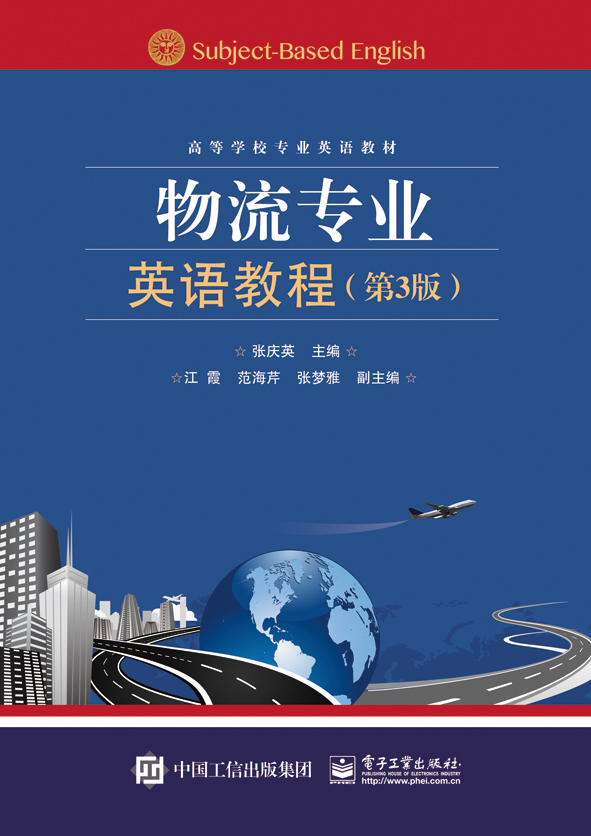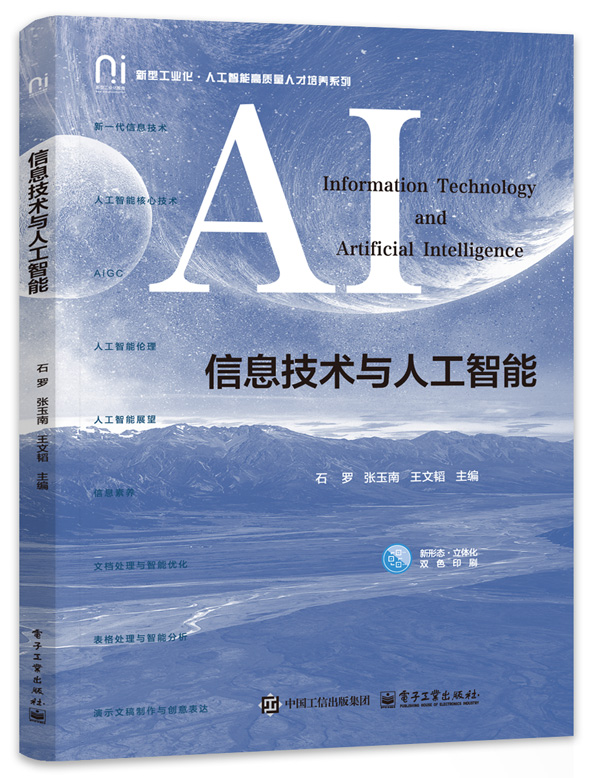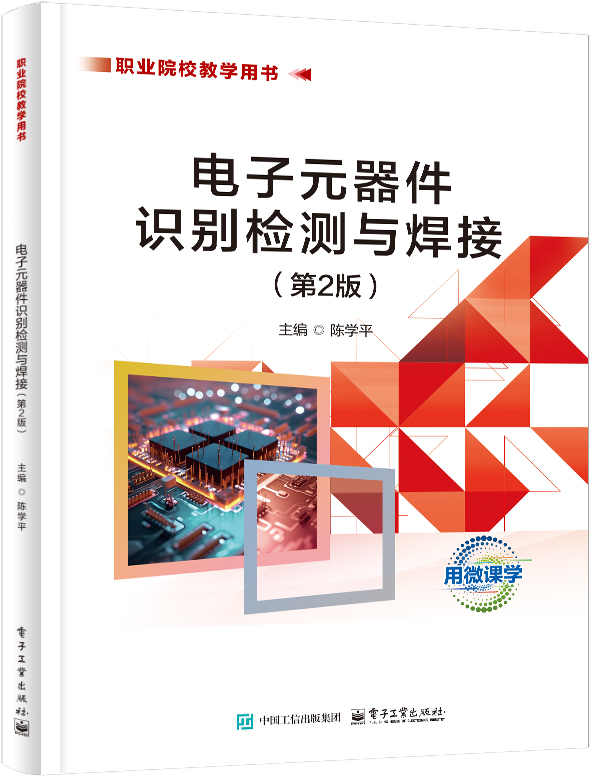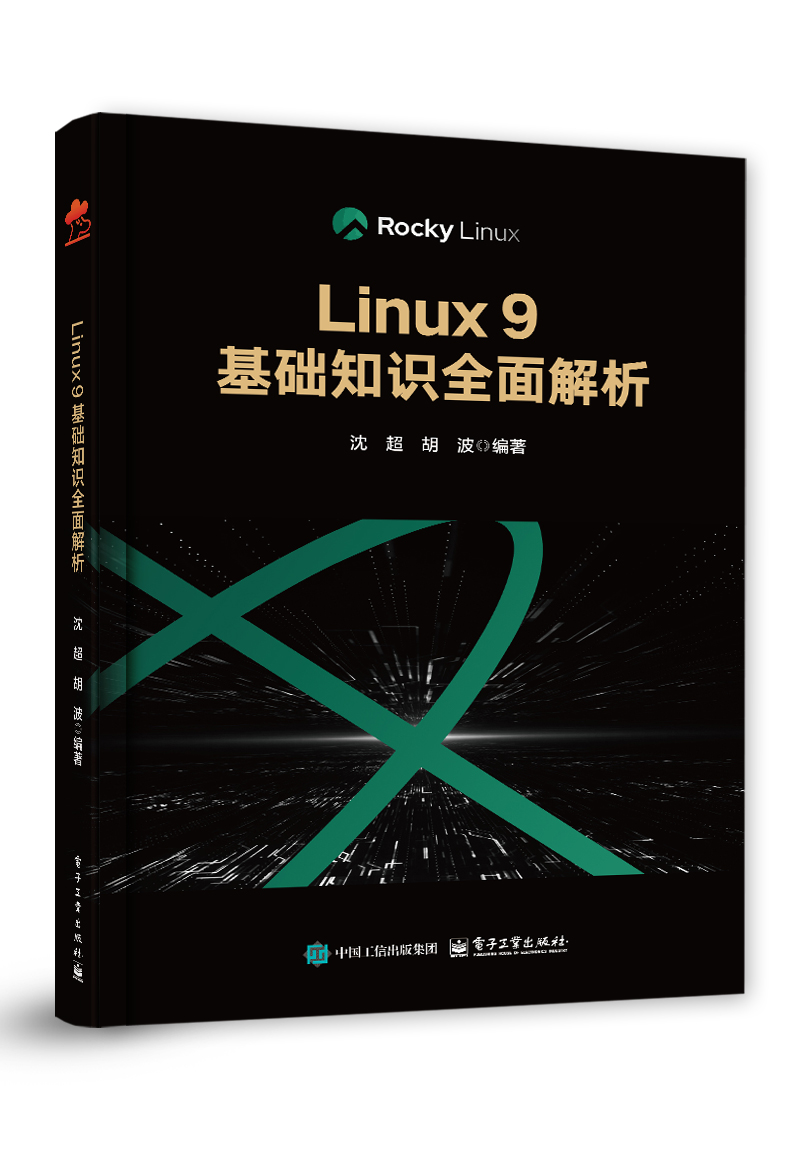物流专业英语教程(第3版)
丛 书 名:
高等学校专业英语教材
作 译 者:张庆英
出 版 日 期:2017-08-01
书 代 号:G0322810
I S B N:9787121322815
图书简介:
本书以物流工程与供应链管理为主线,以物流术语的基本概念为起点,讨论了物流系统的运输、仓储、配送、包装、装卸搬运、流通加工和信息管理等功能要素的基本内容,分析了第三方物流、第四方物流、国际物流、绿色物流、逆向物流、冷链物流等现代物流形式,介绍了电子商务、B2B、ERP系统、MRP系统、RFID、物联网、物流大数据、物流机器人等系统、方法与发展趋势等内容。 全书共25单元,每单元有A、B两篇,其中A篇为精读课文,B篇为阅读课文,均来自精心挑选的英文原版资料。每篇课文后都对部分生词、短语及重点句子进行了中文注释,并列出若干讨论主题。附录给出了物流专业术语与技术词汇的英汉、汉英对照表以及物流常用缩略词与组合词表。本书向使用本书作为教材的授课教师提供全套课件和A篇的课文参考译文,需要者可登录华信教育资源网www.hxedu.com.cn免费注册下载。 本书可作为物流及相关专业本科生的专业英语教材,也可作为物流方面的研究人员及工程技术人员学习英语和专业知识的参考书。
-
配 套 资 源
-
图 书 内 容
内容简介
本书以物流工程与供应链管理为主线,以物流术语的基本概念为起点,讨论了物流系统的运输、仓储、配送、包装、装卸搬运、流通加工和信息管理等功能要素的基本内容,分析了第三方物流、第四方物流、国际物流、绿色物流、逆向物流、冷链物流等现代物流形式,介绍了电子商务、B2B、ERP系统、MRP系统、RFID、物联网、物流大数据、物流机器人等系统、方法与发展趋势等内容。 全书共25单元,每单元有A、B两篇,其中A篇为精读课文,B篇为阅读课文,均来自精心挑选的英文原版资料。每篇课文后都对部分生词、短语及重点句子进行了中文注释,并列出若干讨论主题。附录给出了物流专业术语与技术词汇的英汉、汉英对照表以及物流常用缩略词与组合词表。本书向使用本书作为教材的授课教师提供全套课件和A篇的课文参考译文,需要者可登录华信教育资源网www.hxedu.com.cn免费注册下载。 本书可作为物流及相关专业本科生的专业英语教材,也可作为物流方面的研究人员及工程技术人员学习英语和专业知识的参考书。图书详情
ISBN:9787121322815开 本:16开页 数:256字 数:524.0本书目录
目 录 Unit 1 1 Passage A Introduction to Logistics 1 Passage B Activities of Logistics Engineering 6 Unit 2 10 Passage A The Role of Material Flow Systems 10 Passage B System and Its Analysis 14 Unit 3 19 Passage A Freight Transportation Planning and Logistics (Ⅰ) 19 Passage B Freight Transportation Planning and Logistics (Ⅱ) 22 Unit 4 27 Passage A Transportation 27 Passage B Jeddah Bestrides East West Route 31 Unit 5 35 Passage A Container Transportation 35 Passage B Optimizing Container Transfers at Multimodal Terminals 39 Unit 6 44 Passage A Inventory Management 44 Passage B Approaches to Inventory Management 48 Unit 7 52 Passage A Warehouse Design 52 Passage B Warehousing Management 56 Unit 8 61 Passage A Distribution Management 61 Passage B Planning Physical Distribution 66 Unit 9 72 Passage A Materials Handling 72 Passage B Automated Guided Vehicle 76 Unit 10 81 Passage A Packing, Marking and Shipment 81 Passage B Contract and Confirmation 85 Unit 11 88 Passage A Distribution Processing 88 Passage B Logistics Management 91 Unit 12 96 Passage A Logistics Information System 96 Passage B Big Data in Logistics 99 Unit 13 104 Passage A Enterprise Resource Planning (ERP) Systems 104 Passage B Material Resource Planning 109 Unit 14 116 Passage A Electronic Commerce 116 Passage B B2B: The Real World 120 Unit 15 127 Passage A Supply Chain Management 127 Passage B The Evolution of Supply Chain Technologies 132 Unit 16 137 Passage A Top 10 Supply Chain Technology Trends (Ⅰ) 137 Passage B Top 10 Supply Chain Technology Trends (Ⅱ) 140 Unit 17 145 Passage A Third-party Logistics 145 Passage B International Logistics 149 Unit 18 156 Passage A Global Trade Drives 3PL Provider’s Expansion (Ⅰ) 156 Passage B Global Trade Drives 3PL Provider’s Expansion (Ⅱ) 160 Unit 19 164 Passage A What Is 4PL? (Ⅰ) 164 Passage B What Is 4PL? (Ⅱ) 167 Unit 20 172 Passage A Green Logistics 172 Passage B The Green Paradoxes of Logistics in Transport Systems 175 Unit 21 180 Passage A Reverse Logistics 180 Passage B Reverse Logistics in the Urban Environment 183 Unit 22 187 Passage A Cold Chain Logistics 187 Passage B HACCP Based Food Safety System 190 Unit 23 194 Passage A The Internet of Things 194 Passage B Applications of the Internet of Things 200 Unit 24 206 Passage A A Basic System of RFID 206 Passage B Benefits and Applications of RFID 209 Unit 25 213 Passage A Robotics in Logistics 213 Passage B Future Vision of Robotics in Logistics 218 Appendixes 222 附录A 汉英物流术语解释 222 附录B 英汉物流术语解释 225 附录C 汉英物流常用词汇 227 附录D 英汉物流常用词汇 231 附录E 物流常用缩略词和组合词 236 References 243展开前 言
前 言 本书以物流系统工程与供应链管理为主线,涵盖了物流的基本概念和基本环节、供应链管理以及相关技术等内容,涉及物流系统的各个方面。 本书以物流的基本概念为起点,讨论了物流系统的运输、仓储、配送、包装、装卸搬运、流通加工和信息管理等功能要素的基本内容,分析了第三方物流、第四方物流、国际物流、绿色物流、逆向物流、冷链物流等现代物流形式,介绍了电子商务、B2B、ERP系统、MRP系统、RFID、物联网、物流大数据、物流机器人等系统、方法与发展趋势等内容。 全书共25单元,每单元有A、B两篇,其中A篇为精读课文,B篇为阅读课文。每篇课文后都对部分生词、短语及句子进行了中文注释,并在每课的最后列出了若干讨论主题。 附录给出了物流专业术语与技术词汇的英汉、汉英对照表以及物流常用缩略词与组合词表。本书向使用本书作为教材的授课教师提供全套课件和A篇课文的参考译文。 本书由武汉理工大学张庆英博士(教授)任主编,华东师范大学江霞、贵州民族大学范海芹和武汉理工大学张梦雅任副主编,其他参编作者有:武汉理工大学的王正国、辜勇、朱凤娜、张莹等,河南工业大学的岳卫宏,武汉商学院的张燕妮等。刘劲、马昂昂、苗嘉鑫等同学也为资料收集和书稿整理工作提供了大力帮助,在此一并表示感谢。 在本书的编写过程中,参考和借鉴了很多专业书籍和网站的资料,已尽可能全面地列于参考文献中,若有疏漏,敬请谅解,并向各位作者致敬、致谢! 本书可作为物流及相关专业本科生的专业英语教材,也可作为物流方面的研究人员及工程技术人员学习英语和专业知识的参考书。 编 者展开作者简介
本书暂无作者简介 -
样 章 试 读
-
图 书 评 价 我要评论









